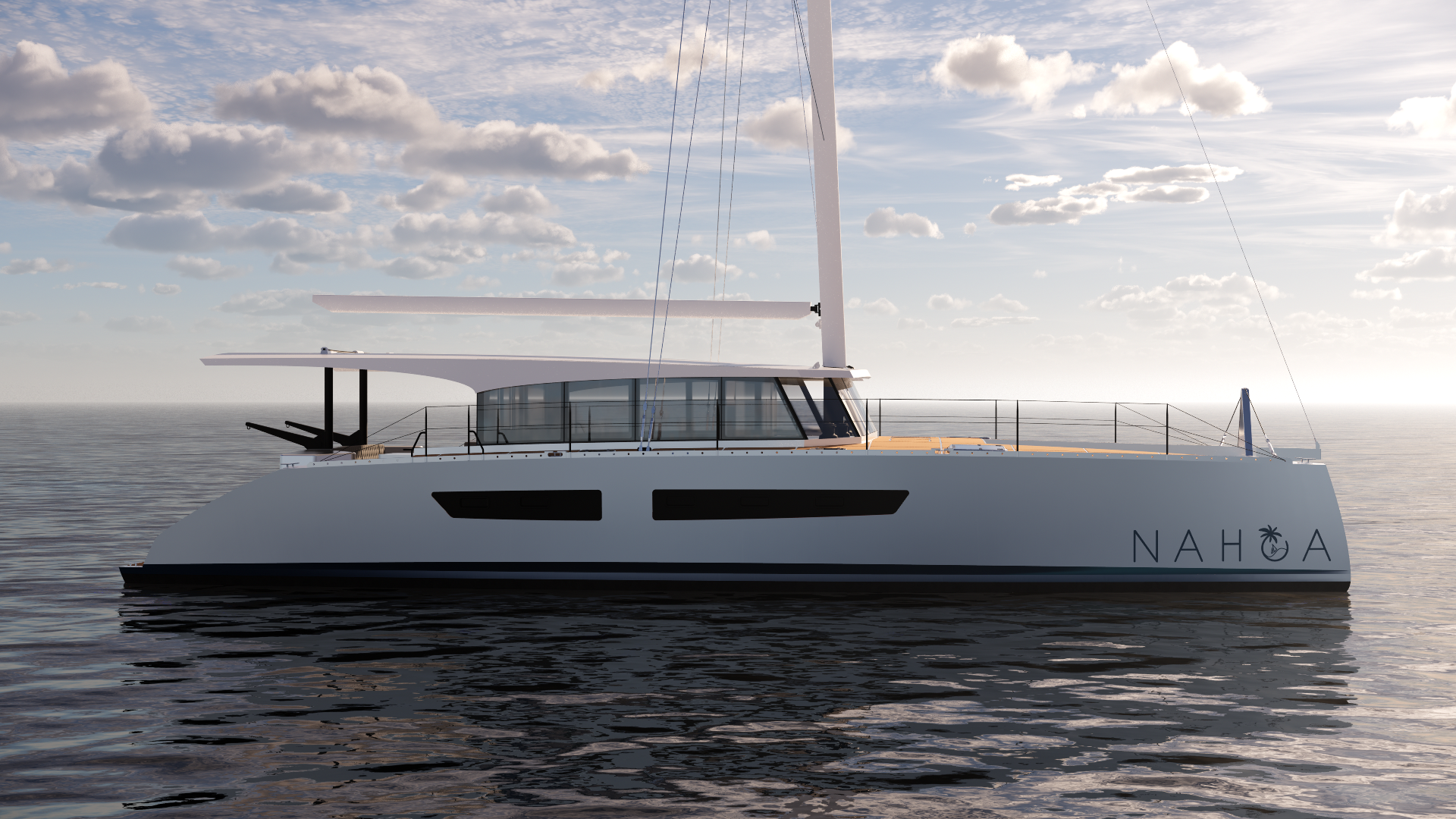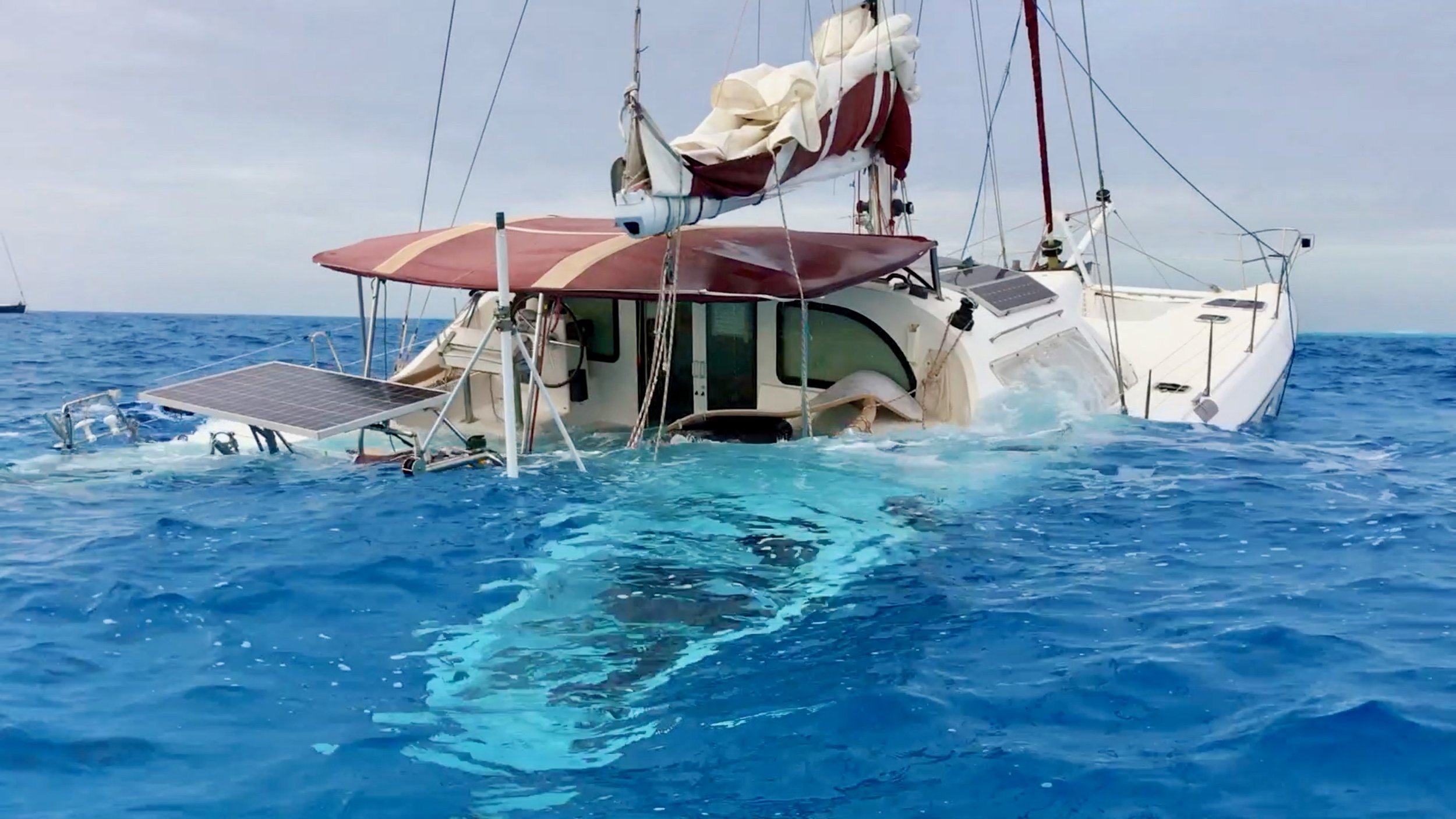
Dare to Dream with Confidence
Nahoa Yachts
Crafted in partnership with the world’s leading shipyard and seasoned professionals who’ve built dozens of expedition yachts, Nahoa Yachts are purpose-driven catamarans made for those who dream big, pursue uncharted adventures, and explore with complete confidence. From icy fjords to sunlit tropical waters, Nahoa Yachts offer unparalleled safety, comfort, and performance—designed as the ultimate tool for boundless exploration.
Priorities
When sailing around the world, you spend approximately 80% of the time at anchor. Leaning too heavily towards performance is a double-edged sword; performance vessels have narrow hulls and less space aboard. You arrive at destinations even earlier, spending more time at anchor, all while having less space.
Comfort
Crossing oceans is an endurance test, not a race. Therefore, priority needs to be a balance of speed and comfort. While long, dark, squally nights cannot be avoided, enhancing the crew's alertness and reactivity through comfort and rest is essential.
Safety
Having completed one circumnavigation, Ben & Ashley prioritize crew safety above all else. The forward cockpit, skegged rudders, and aluminum's extreme ductility reinforce the Nahoa 55's commitment to safety at sea.
Speed
Living conditions aboard become uncomfortable with boat speeds over 12 knots. So it only makes sense to design a vessel that takes advantage of the load carrying capacity while optimized for 10-12 knots of boat speed. The Nahoa 55 will easily exceed 200 mile days offshore.
Fun
The worlds oceans are a vast playground. Whether kiting, scuba diving, fishing, surfing, or simply exploring with a full-sized capable dinghy, being able to carry a load is essential. The whole point of sailing the world is to have fun which requires toys and equipment.
Why Aluminum
Sailing around the world is a monumental task, from navigating foreign waters to procuring broken parts; it’s a full-time job and more. The Nahoa 55 is born from all the lessons we’ve learned over the past nine years and 50,000+ nautical miles from our first circumnavigation.
Aluminum is the ultimate material for long-range, expedition-style cruising yachts due to its exceptional strength-to-weight ratio, corrosion resistance, and ductility (deforms before it breaks). Unlike fiberglass, aluminum doesn’t require constant polishing, and deck hardware such as cleats and stations are welded on, eliminating leaks from above.
Maintaining a boat is a constant, but aluminum significantly minimizes those efforts. Most great expedition vessels are still built in aluminum to this day.
Carbon Fiber
Upon impact, carbon fiber tends to splinter, creating sharp, jagged edges. This splintering can compromise the structural integrity of the hull. Despite its strength, the brittleness of carbon fiber means it can be more susceptible to catastrophic failure when subjected to high-impact forces.
Fiberglass
When impacted, fiberglass tends to crack and can develop a network of fractures radiating from the point of impact.
Aluminum
Aluminum hulls are extremely ductile, allowing them to absorb and distribute impact forces effectively. Instead of cracking or splintering, aluminum hulls typically deform, showing dents and bends rather than punctures.
Ductility (noun): The ability of a material to undergo significant plastic deformation before rupture, often characterized by its capacity to be stretched or bent without breaking.
“Top 5 Ocean Cruising Catamaran - Toby Hodges”
Want to own a Nahoa 55?
Quality & Certification
The Nahoa 55 has been crafted not merely to comply with Lloyd’s SCC and relevant ISO rules for stability, buoyancy, and watertight compartments, but to surpass them. Given that the Nahoa 55 is conceived as an Expedition-style catamaran, having a design that not only meets but exceeds certifiable standards is of paramount importance.
Frequently Asked Questions
Where can I purchase a Nahoa 55 ?
First and foremost, we are still in the process of finalizing the details for the design. This phase is expected to be completed in the next few months. Currently, we are focusing on ironing out the remaining interior and exterior fit-out details.
What is the build time?
When it comes to the build time at a professional yard, we anticipate it to range from 14 months to 18 months. We already have one exceptional yard that ticks all the boxes, and we are confident it will be an excellent choice. Stay tuned for more details coming soon!
What are the trade-offs?
Nahoa Expedition yachts aren’t for everyone. Every boat is a series of compromises. Too performant and you loose on comfort. Too comfortable and you loose on performance. After 10 years of sailing around the world and countless conversations with fellow cruisers and delivery captains, we have arrived at this performant yet practical expedition catamaran. Emphasis has been given to durability and safety yet not compromising too much on speed. She will be able to exceed 250 mile days at a 10 knot average.
Summary
We understand your anticipation and eagerness to plan your future adventures, and we promise to provide regular updates via email on the finalized design, base build price, recommended yards, and other exciting details. If you sign up above, you will be the first to receive this exclusive information.











